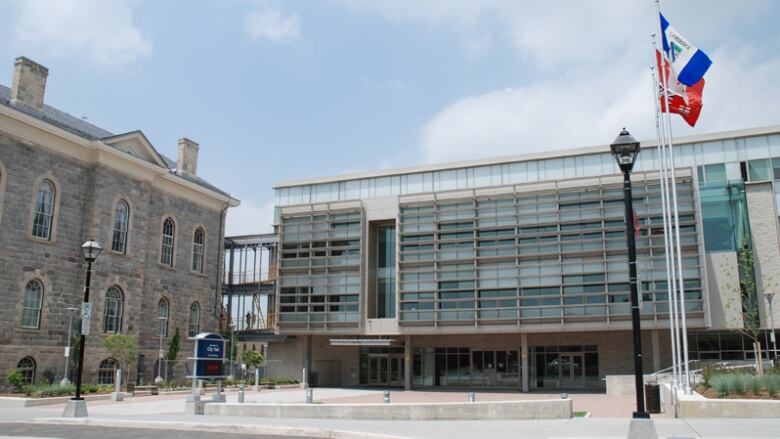2016 census ranks K-W 10th in metropolitan areas

New census data shows the population of the metropolitanareas of Waterloo Regionoutpaced the nationalgrowth rate over the last five years.
Statistics Canada released the first batch of numbers from the2016 census on Wednesday and the population of what the governmentagency refers to as the census metropolitan area of Kitchener Cambridge Waterloo increased by 5.5 per cent since the last census in 2011.
The area's growth rate was above the national growth rate of 5.0per cent, while the population of Ontario increased by 4.6 per cent.
Census metropolitan areas do not conform to established municipalboundaries. Statistics Canada defines them as a metropolitan areawith a population of at least 100,000, where the urban core of that area has at least 50,000 people. Commuting patterns and other factors are used in determining these census metropolitan areas.
Looking at metropolitan areas this way takes in to account thegrowing impact of suburban areas on Canada's largest cities.
How K-W ranks
When the 2016 census was taken last May 10, the population of thecensus metropolitan area of Kitchener Cambridge Waterloo was523,894, compared with 496,383 from the 2011 census.
The populationof the actual city of Kitchener was 233,222, up from from 219,153 in 2011. The census indicated that Kitchener Cambridge Waterloo rankedNo. 10 among the country's 35 census metropolitan areas.
Canada's population on census day was 35,151,728, StatisticsCanada reported.
The national census is conducted every five years. Theinformation published Wednesday is the first of several releases ofdata to come from Statistics Canada over the next year that willeventually paint a detailed picture of the country, right down to the local level including age breakdowns of the population, familymakeup, languages spoken, immigration and ethnic origin, the levelof education attained and income earned.












_(720p).jpg)


 OFFICIAL HD MUSIC VIDEO.jpg)
.jpg)



























































































